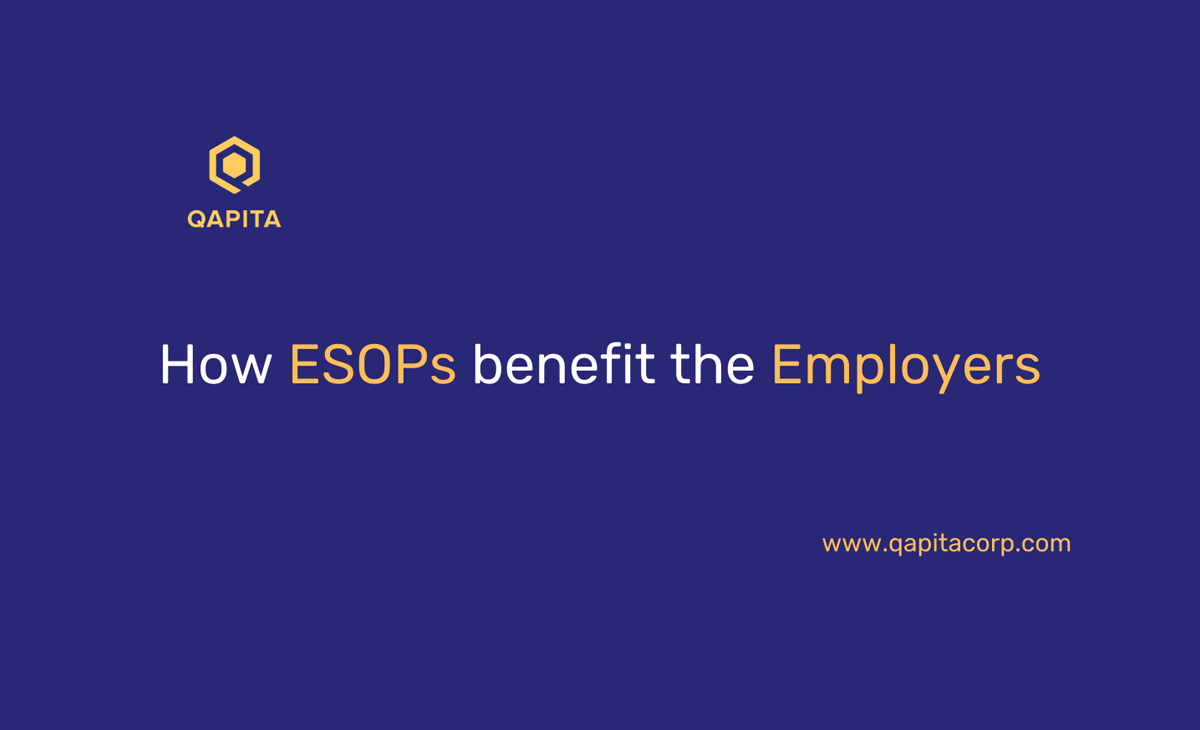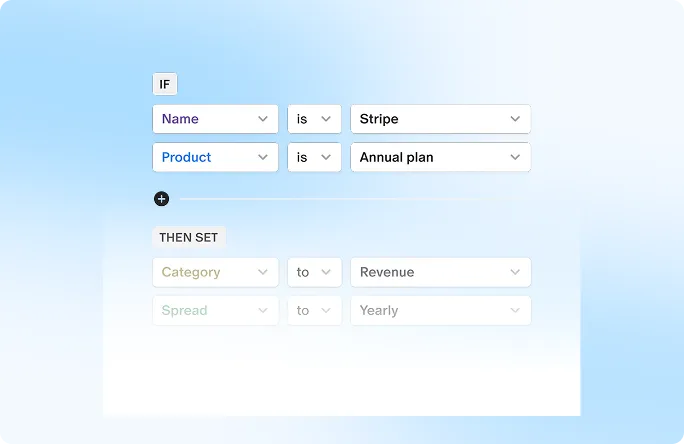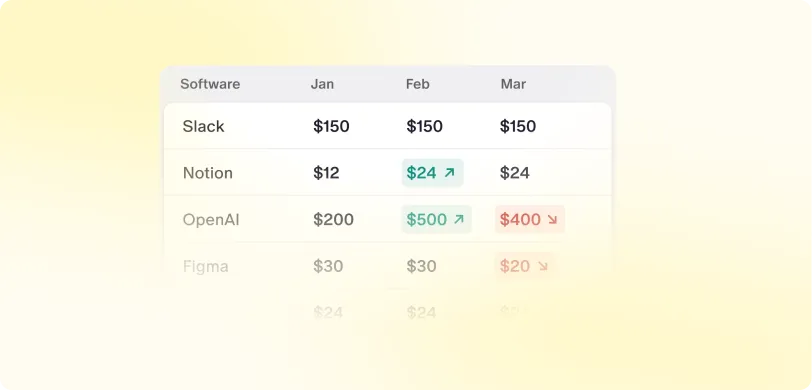Welcome to our comprehensive guide on demystifying ESOP jargon! Employee Stock Ownership Plans (ESOPs) offer a unique and empowering way for employees to become stakeholders in the companies they work for. However, navigating the intricate world of ESOPs can be challenging, especially when faced with a barrage of complex terminology. In this blog, we'll unravel the complex jargon surrounding ESOPs and break it down into easily digestible explanations. Whether you're an employee eager to understand stock options or an employer considering implementing an ESOP, our simplified guide aims to make these concepts not only comprehensible but also applicable to your financial journey.
Understanding the Basics
At the heart of Employee Stock Ownership Plans (ESOPs) lies a transformative concept: employees obtaining ownership in their organization through stocks. Unlike conventional compensation structures, ESOPs foster a sense of true equity ownership. This means that employees don't just work for the company; they also have a direct stake in its success and growth.
In the realm of ESOPs, two primary stakeholders are at play: the dedicated employees and the company itself. Employees gain an opportunity to build wealth and financial security by actively participating in the company's journey. Simultaneously, the company benefits from a motivated and engaged workforce that is invested in driving innovation and excellence. As we delve deeper, we'll untangle the intricate jargon that surrounds ESOPs, empowering you to grasp their intricacies with clarity.
**Decoding ESOP Jargon**
1. Stock Options: Let's start with the term "stock options." This refers to the right granted to employees to purchase company stock at a predetermined price at a future date, typically known as the "exercise price." It's like having a ticket to buy a piece of your company's future success.
2. Vesting Period: Now, the "vesting period" is the timeframe within which you need to work at the company to gain ownership of your granted stock options. Think of it as a waiting period before the full benefits kick in.
3. Cliff Vesting: Imagine a cliff you must climb before gaining access to the treasure. That's "cliff vesting" for you. It's a period where you need to work a certain amount of time before any of your stock options vest. After that, they typically vest incrementally.
4. Exercise Price: The "exercise price" is the cost at which you can purchase the company stock when you decide to exercise your stock options. It's like buying a discounted ticket to a concert - you get the best deal by paying the predetermined price.
5. Fully Vested: Being "fully vested" means you've completed the required vesting period and now have complete ownership of your granted stock options. It's the moment you've earned the right to fully enjoy the benefits of your ESOP.
6. Employee Participation: This term signifies the process by which employees become part of the ESOP. If you're an "eligible employee," you have the chance to join in the ownership journey. "Allocation of shares" refers to how ownership stakes are divided among the workforce.
7. Plan Administrator: Think of the plan administrator as the conductor of the ESOP orchestra. They manage the plan's day-to-day operations, ensuring that everything is in tune with legal and regulatory requirements.
8. Valuation: Here's where the experts come in. "Valuation" is the process of determining the company's value, which in turn influences the value of your ESOP shares. Independent professionals perform this assessment to ensure accuracy and fairness.
Understanding these terms is your key to unlocking the world of ESOPs. With this knowledge, you'll be better equipped to make informed decisions about your financial future. Remember, ESOPs aren't just about stock options and vesting periods; they're about empowering employees and fostering a sense of ownership in the success of the companies they dedicate their efforts to. So, arm yourself with this newfound understanding and embark on your journey as an empowered ESOP participant.
Conclusion
In the intricate world of Employee Stock Ownership Plans (ESOPs), understanding the jargon is your passport to empowerment. As an employee, decoding terms like stock options, vesting periods, and exercise prices unveils the path to ownership and financial growth. For employers, mastering ESOP jargon ensures a seamless implementation that nurtures motivated and committed teams.
Armed with this knowledge, it's time to step confidently into the realm of ESOPs. Whether you're an employee seeking to capitalize on ownership opportunities or an employer considering an ESOP program, informed decisions are your greatest allies. Embrace this journey, explore the depths of ESOP programs, and watch as collaboration, innovation, and success flourish in a landscape of shared ownership.


 ESOP Management
ESOP Management

 Liquidity Solutions
Liquidity Solutions

 ESOP Consulting
ESOP Consulting

 Fund Management
Fund Management













































